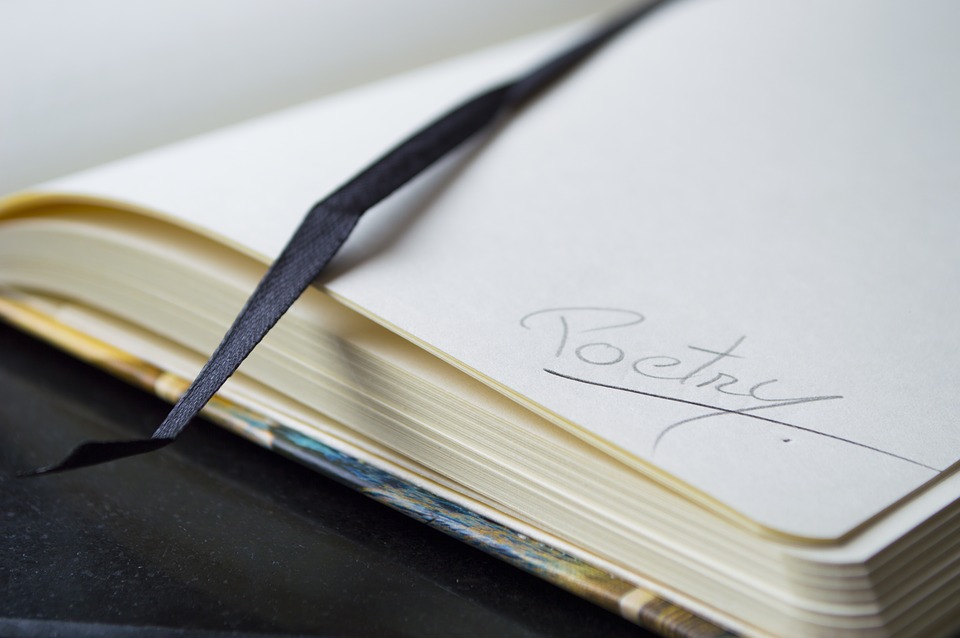What Is the Poem That First Made You Love Poetry?
Ode on a Grecian Urn is one of the more popular poems written by John Keats. It is a difficult poem to read and interpret, but I love the paradoxical concept of beauty that it offers. The urn in this poem is addressed by Keats as if he were looking at a real one. The ode begins with the famous lines: “Thou still unravished bride of quietness/Thou foster-child of silence and slow time” (Keats, “Ode on a Grecian Urn”). These lines highlight the fact that while the urn is old and has existed for thousands of years, it transcends time in the human sense because it does not age or die.
The theme of frozen beauty is reiterated throughout the poem. The unknown sculptor has successfully created a feeling of passion and turbulent action by using carved figures of people and events in Ancient Greece. The urn becomes a “symbol of timeless beauty” (Robinson, “Deforming Keats’ Ode on a Grecian Urn”). It is a realm that is not subject to the passage of time, and is untouched by human strife. It is a kind of beauty that just might be sweeter than reality because it is impossible for it to expire or change.
However, although the urn creates a world of pure joy, it is still an idealized world. Keats contrasts the scenes shown in the urn with the ups and downs of real life. The carved scenes and people on the urn exist in a frozen or suspended time, which means that they cannot move or grow, nor can their feelings change. Each stanza depicts beautiful events that are locked in specific actions that will never live out to completion. The song will never play its second half, the lovers will never kiss, and the tree will never experience spring.
It is in this train of thought that Keats ends the ode. The last two lines of this ode are quite possibly the most discussed lines in all of Keats’s poetry: “‘Beauty is truth, truth beauty,’ – that is all/ Ye know on earth, and all ye need to know” (Keats, “Ode on a Grecian Urn”). There are as many interpretations for the exact meaning of those lines as there are readers of the poem. My take on it is that everything that you need to know about beautiful works of art, whether they are urns or poems about urns, is that they only provide a vision of happiness, and it is up to the audience to interpret it.
Works Cited
Keats, John. “Ode on a Grecian Urn.” Poetry Foundation. Poetry Foundation, n.d.
Apr. 2017. https://www.poetryfoundation.org/poems-and-poets/poems/detail/44477.
Accessed 24 Apr. 2017.
Robinson, Jeffrey C. “Deforming Keats’ Ode on a Grecian Urn.” Ode on a Grecian Urn:
Hypercanonicity and Pedagogy. Romantic Circles, n.d.
https://www.rc.umd.edu/praxis/grecianurn/contributorsessays/grecianurnrobinson
.html. Accessed 22 Apr. 2017.
In case you need more assistance with your personal experience essay, you can fill the order form on our website and we’ll contact you soon after. One of our experienced writers will help you to create an essay that will impress your teacher. The quality of the example created just for you will be the same or better than the quality of the sample below. Therefore, we recommend that you get acquainted with our example before making the order. Be quick to investigate the sample to meet your deadlines!
